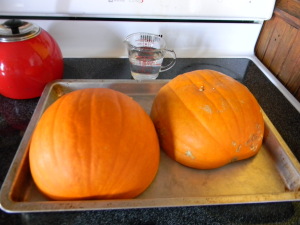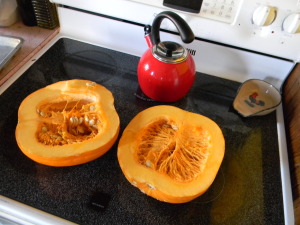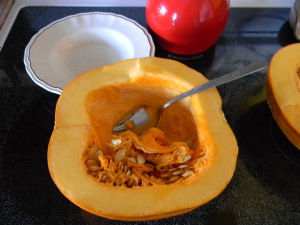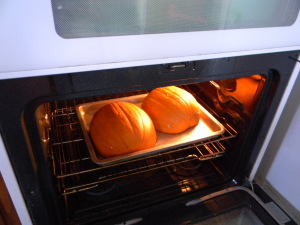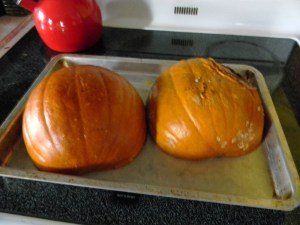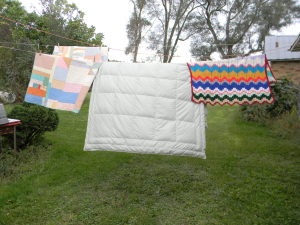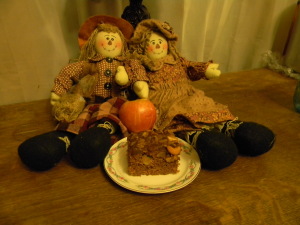There is probably something odd about your house and you might not be aware of it. In fact, there was something odd about my house and it took me a while to discover it. Houses create microclimates in the right conditions. Such is the case with my house. The thermometer on the back porch is often warmer in the fall months than the thermometer on the front porch. Given there is no sunlight hitting the back porch, the only explanation I originally came up with was that one thermometer was off. However, moving the thermometers around proved this assumption wrong. The temperature really was higher in the back where the sun didn’t hit. What I was seeing is the effect of a microclimate.
The temperature differential isn’t very large. On a really good day, it can be up to five degrees. It also doesn’t last indefinitely—the differential between front and back temperatures eventually evens out. The microclimate is formed by a combination of the house and the overhanging trees. It’s almost as if there is a kind of blanket over that area so that it stays cool longer in the summer and warm longer in the fall. The rate of temperature change is slower, which creates a condition favorable to certain kinds of growth.
An interesting part of the microclimate is that I just finished picking the last tomato, radish, and green pepper from my container garden on the 23rd. Yes, there had been several frosts before this time, but the microclimate kept the temperature at the back of the house just warm enough to prevent these container vegetables from freezing until this major frost. Everything in the main garden and the areas outside this little microclimate had died out for the winter long ago. So, microclimates can help you continue producing vegetables long after everyone else has stopped picking for the year.
The microclimate is also the reason that I think herbs do so well behind the house. Instead of suffering the extremes they would encounter in other areas of my property, the herbs are treated to a more or less constant temperature that makes them grow well. The constant temperature also reduces stress, so I have fewer pests and it seems to intensify the flavor of the herbs. In short, microclimates can improve whatever you’re growing as well as allow it to grown longer.
A lot of people have microclimates available to them, so they could grow items far into the fall. Good candidates are items that have a longer growing period after pollination (such as green peppers and tomatoes) and items that don’t require pollination (such as radishes). The items also need to be able to grow in a container so that you can move them as needed. To find these microclimates around your house, use thermometers to measure the temperature at a specific height above ground. Make sure every thermometer is at the same height or you won’t get a true reading. You may be surprised at what you find.
The best place to find a microclimate is an area that is sheltered somewhat like the area between my house and the woods. Look for overhanging trees. You could also check south facing areas of the house where the sun can provide a heating effect in the fall months to extend your growing season. Appreciating the value of your microclimates is one way to get more out of your investment in plants. Let me know about your microclimate experiences at [email protected].

